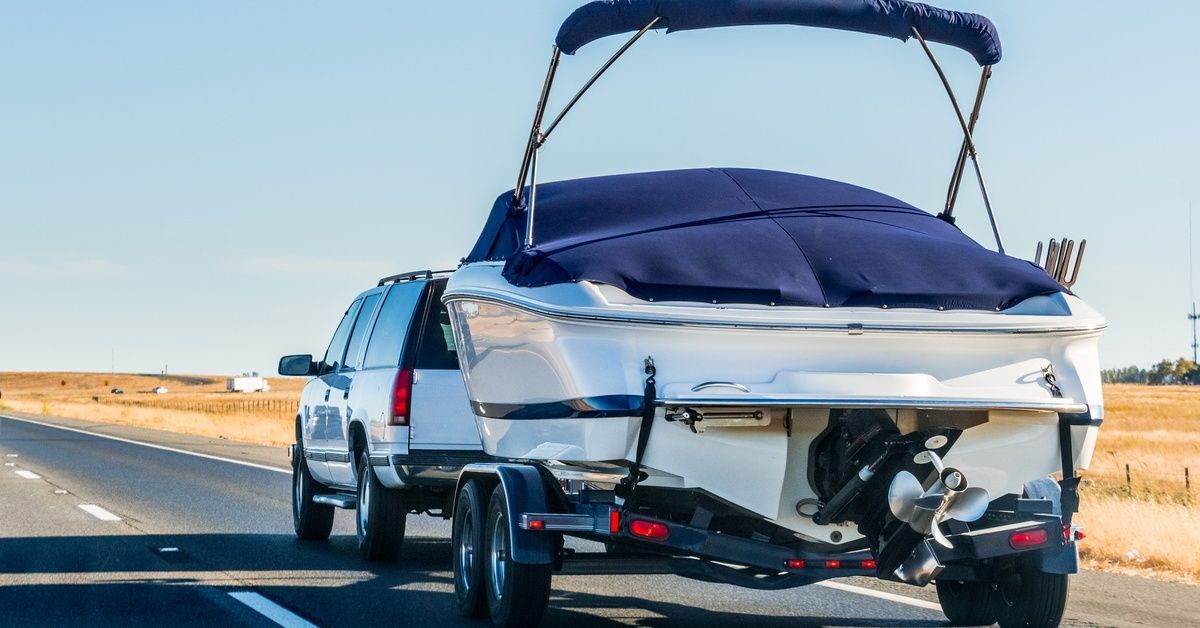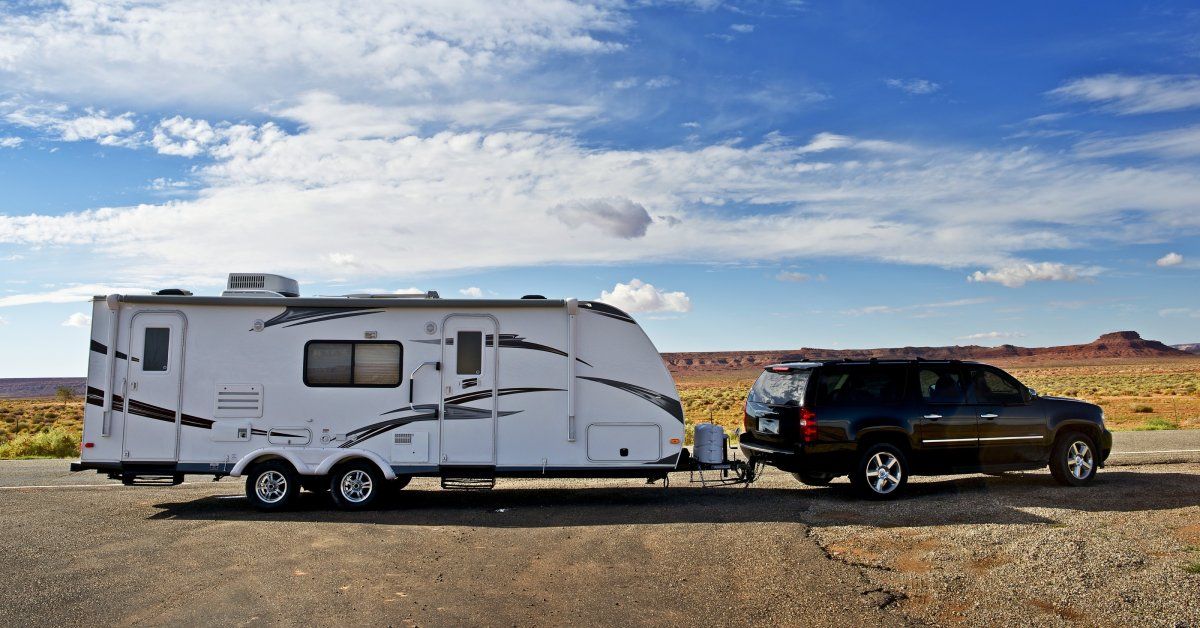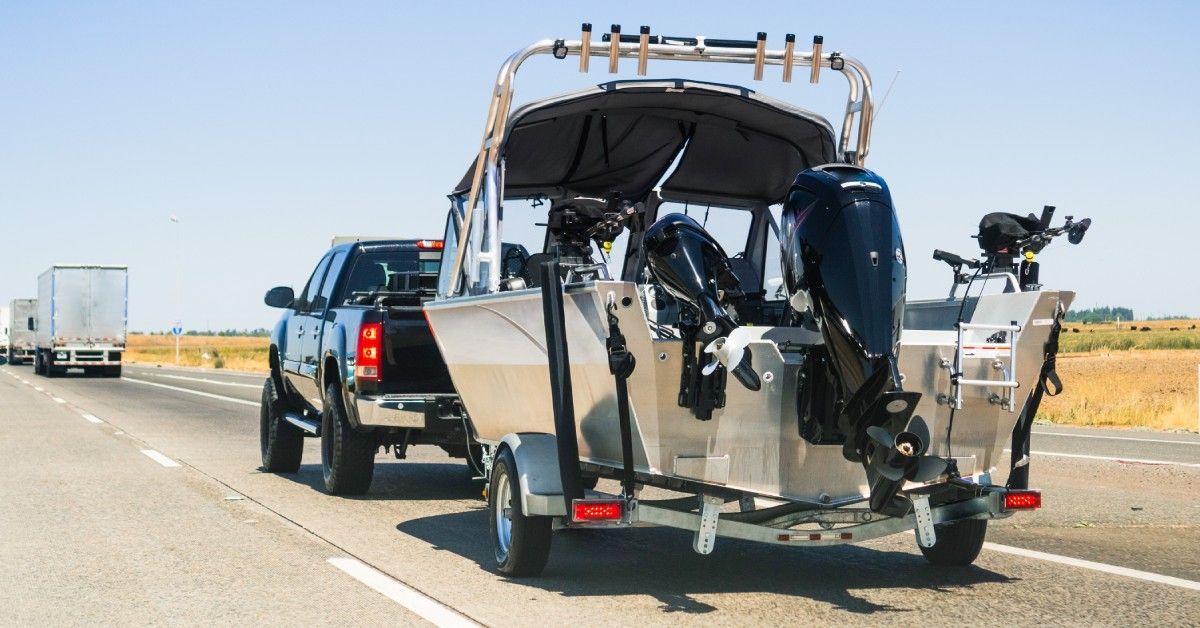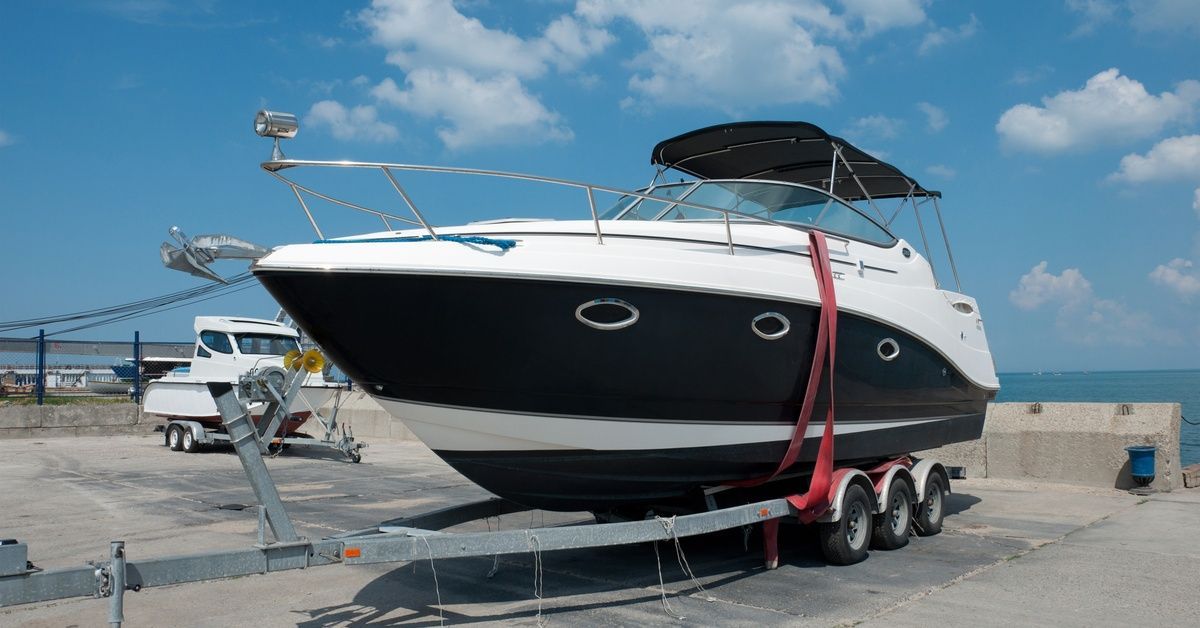How To Prepare a Boat for Storage in Humid Conditions
Humidity presents unique challenges for boat owners seeking to protect their investment during storage periods. While dry climates allow for straightforward winterization procedures, humid environments demand specialized preparation techniques to prevent mold, mildew, corrosion, and structural damage that can cost thousands of dollars to repair.
The key to successfully preparing a boat for storage in humid conditions lies in moisture control, thorough cleaning, and strategic protection measures. This comprehensive guide will outline the essential steps to ensure your vessel emerges from storage in pristine condition, ready for your next adventure on the water.
Step 1: Thoroughly Clean the Boat
Thorough cleaning is the first step for proper humid climate storage preparation. Dirt, salt residue, and organic matter create ideal breeding grounds for mold and mildew when combined with moisture.
Exterior
Begin with the boat’s exterior by washing the hull, deck, and superstructure with marine-grade soap. Pay special attention to areas where salt water may have accumulated, as salt attracts moisture and accelerates corrosion. Rinse thoroughly with fresh water to remove all soap residue, and allow the boat to dry completely before proceeding to the next steps.
Interior
The interior requires equally meticulous attention. Remove all cushions, life jackets, clothing, food, and personal belongings. These items trap moisture and provide organic material for mold growth. Clean all surfaces with appropriate cleaners, including lockers, cabinets, and storage compartments. Don’t overlook areas beneath seats, behind panels, and inside anchor lockers where moisture commonly accumulates.
Carpets and upholstery demand special consideration in humid climates. If possible, remove the carpeting entirely and store it in a dry location. For fixed carpeting, ensure it’s completely dry, and consider applying antimicrobial treatments designed for marine use. Clean all upholstery thoroughly, and allow it to dry completely before applying fabric protectants that resist moisture and mold growth.
Bilge
The bilge area is naturally prone to moisture accumulation. Thoroughly clean it, and position all drain plugs properly to let any accumulated water escape instead of pooling inside the hull.
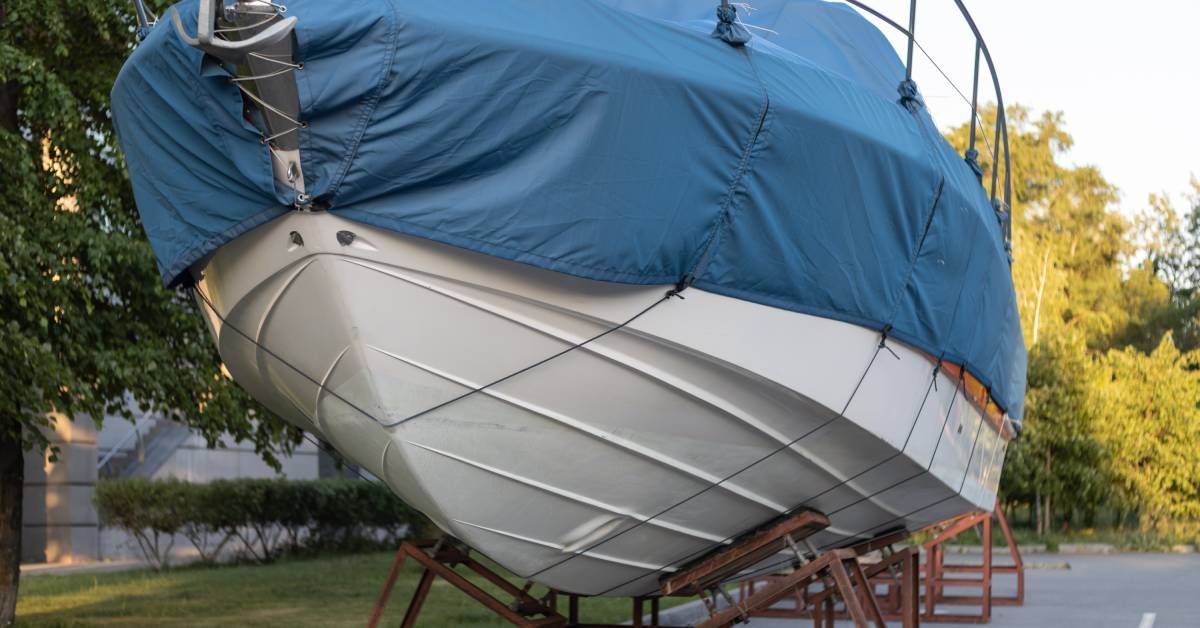
Step 2: Protect the Interior From Moisture
Creating a moisture-resistant environment inside your boat requires strategic ventilation and moisture absorption techniques. Proper air circulation prevents stagnant, humid air from settling in enclosed spaces where mold and mildew thrive.
Install Ventilation
Install ventilation throughout the boat by opening hatches, ports, and cabinet doors to promote air circulation. However, this approach works only when you store the boat in a covered area that protects it from rain while allowing air movement. For boats stored outdoors, you’ll need to balance ventilation with weather protection.
Use Moisture-Absorbing Products
Moisture-absorbing products play a crucial role in humid climate storage. Place desiccant products strategically throughout the boat’s interior, focusing on enclosed spaces such as cabinets, engine compartments, and sleeping quarters. These products actively remove moisture from the air, creating an environment less conducive to mold growth.
Install Solar-Powered Ventilation Fans
Consider installing solar-powered ventilation fans that continue operating during storage. These fans maintain air circulation without requiring external power sources, making them ideal for boats stored in locations without electrical access. Position the fans to create cross-ventilation that draws moist air out while allowing drier air to enter.
Step 3: Prepare the Engine for Long-Term Storage
Engine preparation is critical in humid climates where moisture can cause internal corrosion and fuel system problems. Proper engine storage procedures protect expensive mechanical components from humidity-related damage.
Change the Engine Oil and Filter
Start by changing the engine oil and filter. Used oil contains contaminants and acids that can cause corrosion during extended storage periods. Fresh oil provides better protection against moisture-related damage and ensures optimal lubrication when you restart the engine.
Prepare the Fuel System
Fuel system preparation requires special attention in humid conditions. Add fuel stabilizer to prevent fuel degradation and water separation issues common in humid climates. Fill the fuel tank completely to minimize air space where condensation can form, then run the engine to circulate treated fuel throughout the system.
Maintain the Cooling System
Even in warmer humid climates, you should ensure proper antifreeze protection for the cooling system. Antifreeze prevents freezing and corrosion within the cooling system. Flush the system if necessary, and add fresh coolant mixture appropriate for your climate zone.
Protect External Engine Components
Protect external engine components by applying corrosion-resistant spray to metal surfaces. Pay particular attention to electrical connections, which are especially vulnerable to humidity-induced corrosion. Consider wrapping sensitive electrical components with moisture-resistant materials designed for marine applications.
Replace the Engine’s Air Filter
Remove the engine’s air filter, and replace it with a new one before storage. Humid air can cause filter deterioration, and a fresh filter ensures optimal engine protection when you return the boat to service.
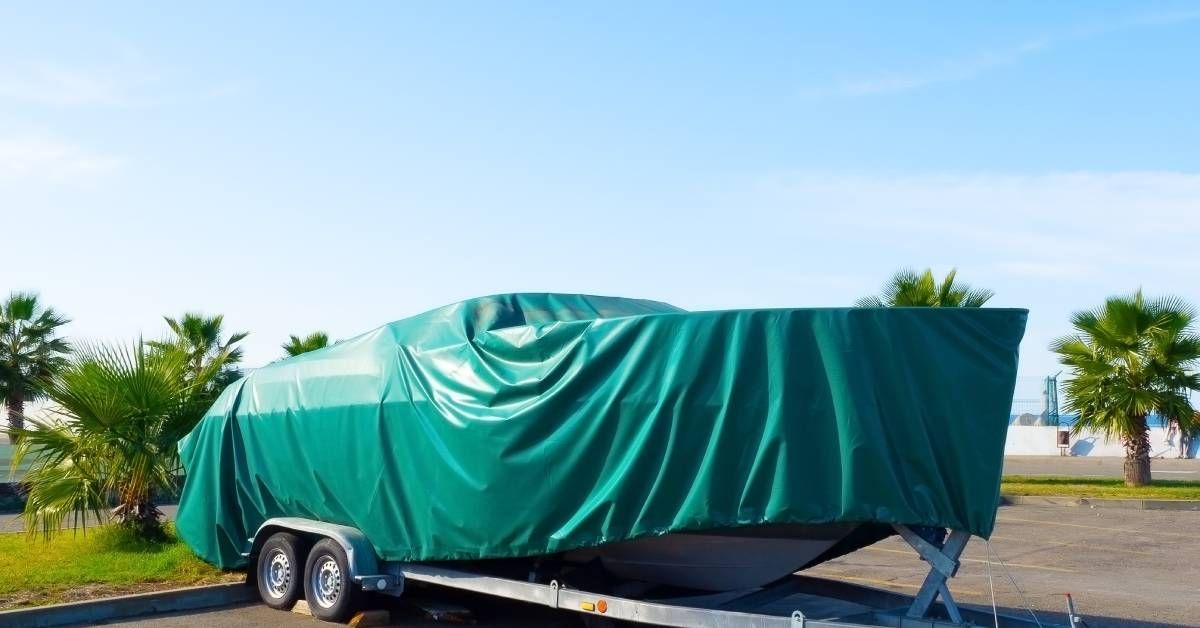
Step 4: Cover the Boat Properly
Selecting and installing the right cover is important when preparing a boat for storage in humid conditions. The wrong cover can trap moisture and create worse conditions than leaving the boat uncovered.
Choose covers specifically designed for your boat type and storage environment. Quality marine covers feature breathable materials that allow moisture to escape while preventing rain and debris entry. Avoid covers made from plastic or other nonbreathable materials that trap moisture inside.
Proper cover installation requires attention to ventilation and water drainage. Ensure the cover allows air circulation underneath while maintaining weather protection. Support the cover properly to prevent water pooling and ensure good drainage. Sagging covers collect rainwater, creating weight stress and potential leak points. Use support poles, frames, or other methods to maintain proper cover shape and promote water runoff.
Consider the cover’s tie-down system carefully. Secure attachment prevents wind damage while maintaining the ventilation and drainage characteristics essential for humid climate storage. Regular inspection during storage allows you to address any cover issues before they cause problems.
Step 5: Utilize Climate-Controlled Storage Options
Climate-controlled storage facilities offer the ultimate protection for boats in humid climates. While they come with additional costs, many owners find them worthwhile for valuable vessels.
Indoor storage facilities maintain controlled temperature and humidity levels, eliminating the primary challenges of humid climate boat storage. These facilities typically maintain humidity levels between 30–50 percent, well below the threshold where mold and mildew become problematic.
Evaluate different facility options carefully. Some offer basic covered storage that provides weather protection without climate control, while others feature fully conditioned environments with active humidity management. Consider your boat’s value and your budget when choosing between options.
Protect Your Investment With Proper Preparation
Successful boat storage in humid conditions requires comprehensive preparation that addresses moisture control, cleaning, and protection at every level. The extra effort invested in proper storage preparation pays dividends by preventing expensive damage and ensuring your boat remains ready for years of enjoyable service.
If you need a safe way to transport your boat to a storage facility, contact Coast to Coast Transportation. With our expert boat transport service, you can enjoy a seamless experience from start to finish. Get a quick quote today!

